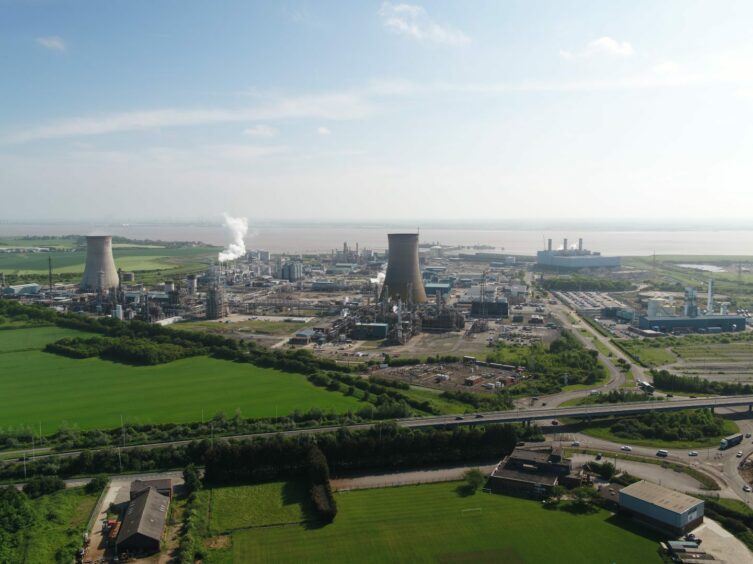
DNV has announced Jamie Burrows will lead its work on carbon capture utilisation and storage (CCUS) amid a growing demand for tools to aid emissions reduction in industrial sectors.
The energy and assurance provider said Mr Burrows would now head the CCUS unit within its energy systems business.
Having joined DNV in 2021 as head of business development for CCUS, he brings over 20 years of experience in the engineering and energy industries.
DNV said the promotion is timely as COP28 underscores its commitment to CCUS as “a pivotal tool” for decarbonizing hard-to-abate sectors such as heavy industry, and including iron, steel, and cement production.
This is underscored by the continued role of oil and gas meeting growing global energy demands over the coming decades, it added.
Mr Burrows noted that “significant deployment of carbon capture technologies, including those that remove CO2 from the atmosphere, is essential to reaching our energy transition goals.
“To deliver Net zero in 2050 operational CCUS capacity will likely need to be scaled more than 100 times. Net zero will be virtually impossible without CCUS to capture emissions that are technically challenging or economically impractical to eliminate.”
It follows the publication of the group’s 2023 Energy Transition Outlook report which notes the importance of CCUS, along with energy efficiency, renewables integration and other decarbonisation solutions.
In it, DNV warned that meeting Paris Agreement targets was “less likely than ever” unless drastic and immediate measures are not taken.
The company’s senior VP and director of growth, innovation and digital energy systems, Lucy Craig, added: “DNV is committed to advancing CCUS value chains by providing assurance to projects and stakeholders. We help minimize risk, ensure safety, and enhance investor appeal, ultimately accelerating the deployment of this critical technology.
“I am delighted that Jamie has taken on the leadership role in this area of our business, to underscore the urgency of deploying CCUS more rapidly to significantly reduce CO2 emissions.”
Recommended for you

 © Supplied by DNV
© Supplied by DNV